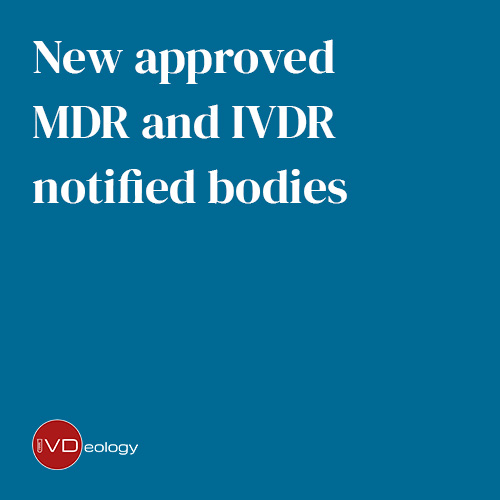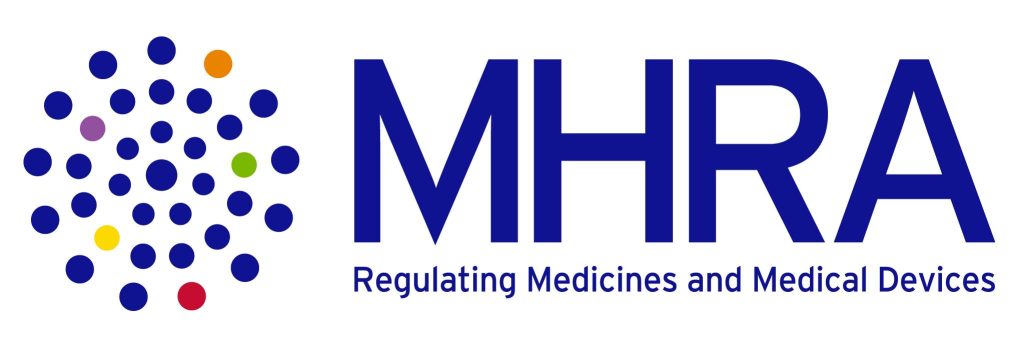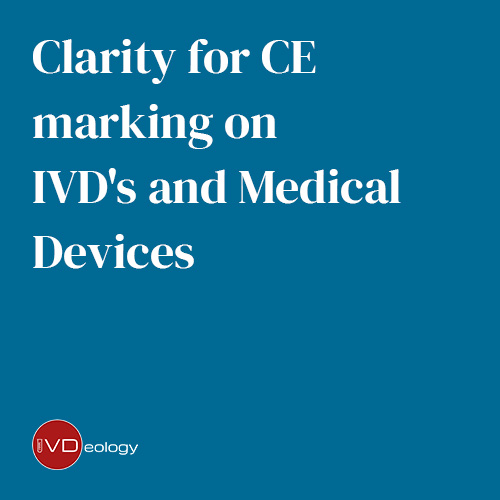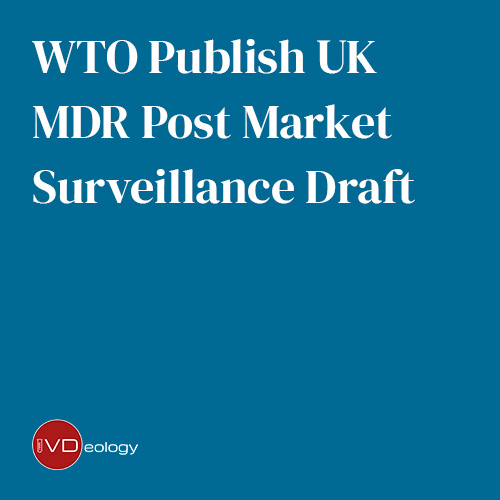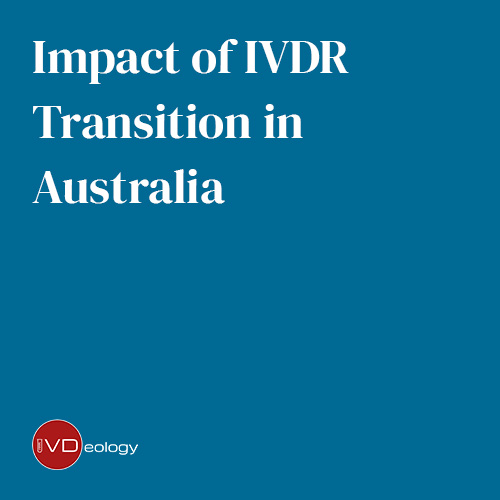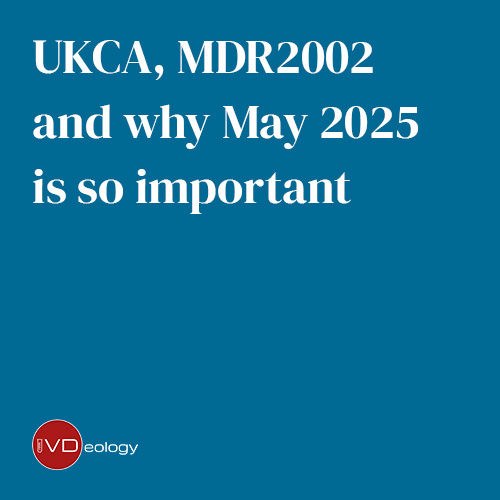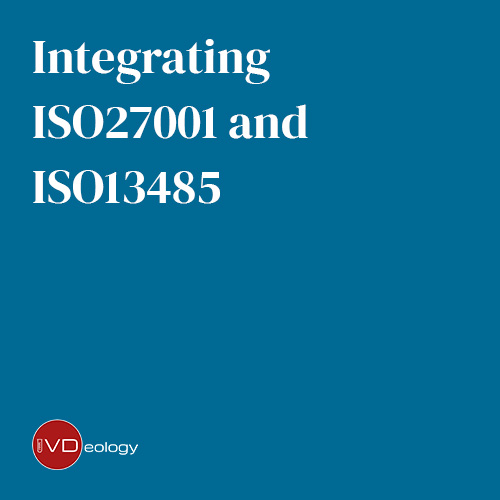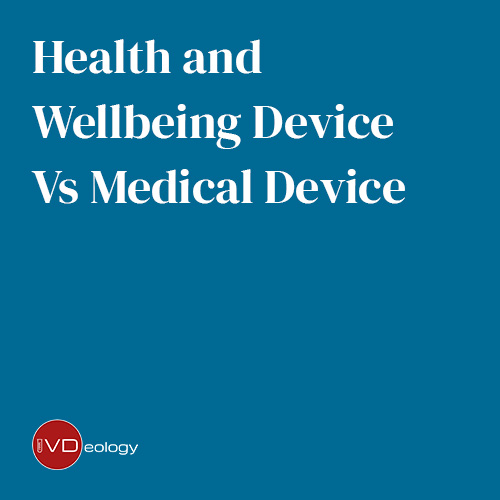
Wellness vs IVD medical device – Navigating the blurred line between these sectors
In recent years there has been a surge in companies providing biological wellness data to health and fitness enthusiasts eager to improve their health and performance. These can range from wearable devices such as smart watches measuring heart rates to mail-order kits analysing biological samples.
Advances in technology mean larger and more complex data streams can be analysed and presented in a user-friendly way which means more companies have become interested in this space. But the distinction between the wellness and IVD medical device is becoming increasingly blurred. Products are sometimes unintentionally entering the medical and in-vitro diagnostic space, opening them up to the demands of the applicable regulatory requirements.
So, how can the line between a wellness device and an IVD medical device be defined?
As a manufacturer, the first step in classifying your product is to determine a clear intended purpose and user. If it has a medical purpose, then your product is a medical device.
The EU In-Vitro Diagnostic Regulation (IVDR) ((EU) 2017/746) defines IVD medical devices as devices used to examine specimens derived from the human body to provide information on one or more of the following:
a) concerning a physiological or pathological process or state,
b) concerning congenital physical or mental impairments,
c) concerning the predisposition to a medical condition or a disease,
d) to determine the safety and compatibility with potential recipients,
e) to predict treatment response or reactions,
f) to define or monitoring therapeutic measures
The device can be a reagent, reagent product, calibrator, control material, kit, instrument, apparatus, piece of equipment, software or system and used alone or in combination with other medical devices.
It is important that as a manufacturer you highly consider your intended purpose and ensure that you do not stray into an area that could be considered to have a medical purpose if you want to remain within the wellness area. It is not sufficient to write disclaimers such as ‘this product is not a medical device’ to diminish any regulatory responsibilities if the device is in fact a medical device as per the definition.
The FDA have published guidance on its definition of a general wellness product. It states that a general wellness product has to have:
1) an intended use that relates to maintaining or encouraging a general state of health or a healthy activity, or
2) an intended use that relates the role of healthy lifestyle with helping to reduce the risk or impact of certain chronic diseases or conditions and where it is well understood and accepted that healthy lifestyle choices may play an important role in health outcomes for the disease or condition.
The examples that it shares can show that the same device can be considered wellness or a medical device depending on what you determine the intended purpose to be. If the manufacturer claims their product “promotes or maintain a healthy weight, encourage healthy eating, or assist with weight loss goals” this could be considered wellness, however if the manufacturer claims that a product “will treat or diagnose obesity” then it has a medical purpose and would fall under the medical device regulations.
Therefore, it is important to ensure that any information supplied with your product, or any marketing, does not contradict your intended purpose. Article 7 of the IVDR states that you cannot make any claims in any of your labelling or advertising that may mislead your user or patient. So it is worth carefully considering the language used on your website, avoiding the use of common medical terminology when describing your product and making sure that you do not make any statements implying a medical purpose if you want to remain in the wellness area.
With specific reference to software, the US Federal Food, Drug & Cosmetic Act specifically excludes ‘Software that is intended for maintaining or encouraging a healthy lifestyle and is unrelated to the diagnosis, cure, mitigation, prevention or treatment of disease is not a medical device.’
A few software examples:
1) If the software is just presenting data from an existing IVD system that is already regulated, the software is managing IVD data, but it is not an IVD medical device. For example, presenting data from an IVD device that takes a measurement and says you have cancer.
2) If that software then has an additional capability to alter the data with extra information and say, for example, the patient has breast cancer, then the software is now a medical device.
Ultimately, the classification decision making process is a risk-based one. Is the information provided by the device provided simply to encourage people to lead healthier lives or is the information guiding a clinician to make medical decisions? The patient and their clinician are trusting the information to be correct and therefore the device will need to comply with regulatory requirements. You can find more info here regarding regulatory requirements including individual rules for specific country registration
It is also helpful to look at any competitor devices/similar devices to see how they’ve been classified. If a notified body has deemed them to be a medical device, then yours is also likely to be a medical device. There is a MDCG guidance Manual on borderline and classification for medical devices under Regulation (EU) 2017/745 on medical devices and Regulation (EU) 2017/746 on in vitro diagnostic medical devices which is being updated as these decisions are being made and is therefore worth consulting regularly.
Of course, this does not mean that best practices can’t be or shouldn’t be followed by manufacturers of wellness devices, but the level of regulatory scrutiny is lower. Manufacturers of wellness products still have responsibilities to ensure that their products are safe for their customers.
If you are developing a tool or product that you would like to determine as a wellness product, or worried about the product falling under Medical regulations, or if you are just not sure either way, you can book a call with the IVDeology team and we’d happily discuss your product, its intended use, and with pathway to go with your product, and support you through that process – click here to put some time into our diary with a friendly team member
